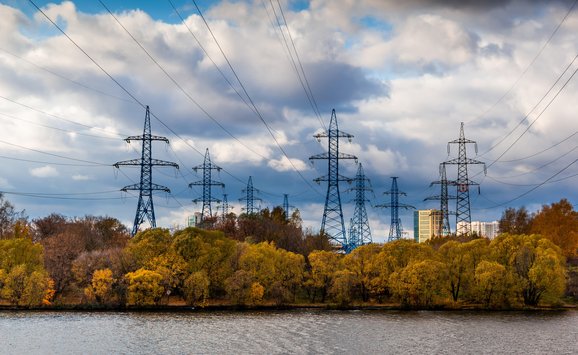Borrowing to Save Energy: An Assessment of Energy-Efficiency Financing Programs
RFF Feature
April 4, 2012
Residential and commercial buildings are responsible for 42 percent of energy consumption in the United States. Many experts suggest that this percentage could be reduced by retrofitting buildings and replacing equipment to be more energy efficient—and, in fact, that the energy savings would offset the costs of these improvements over time.
Nonetheless, even when investments in retrofits and new equipment should pay off in future energy savings, the up-front expenditure is often substantial and can be one barrier (among many) to making such changes. Accordingly, many programs and policies have been put in place to finance energy-efficiency improvements and help mitigate the burden of up-front capital expenditure. But have these programs been successful? And is a lack of financing really one of the key barriers to making energy-efficiency improvements?
These questions are investigated in a new RFF report, Borrowing to Save Energy: An Assessment of Energy-Efficiency Financing Programs. Authors Karen Palmer, Margaret Walls, and Todd Gerarden describe a wide variety of existing private-, utility- and government-funded financing options for energy-efficiency improvements, but note that with a few exceptions, most of these programs reach only a very small subset of property owners. They also suggest that “the limited market for energy-efficiency financing is more a result of the lack of underlying demand for energy-efficiency improvements by property owners than issues with the market for financing.”
While limited demand is important, some characteristics of the market for energy-efficiency financing may also constrain the use of financing products:
- Energy-efficiency loans are usually unsecured and inherently risky, leading to lending based primarily on the borrower’s credit-worthiness rather than the value of the investment.
- Transaction costs are significant for both borrowers and lenders, which reduces both the demand for and the supply of loans.
- Lenders’ lack of ability to distinguish investments with high payoffs from energy savings from those with low payoffs presents the possibility for credit rationing, or misallocation in credit markets.
In addition, sound policy decisions require an evaluation of these financing programs and their accomplishments vis-à-vis other types of energy efficiency programs—but at the moment, the data for such evaluation aren’t sufficient. Better (or at least more consistent) measurement of participation rates in the programs, loan performance and default rates, the types of retrofits and improvements property owners make with the loans, and estimation of energy savings would be very valuable in assessing program performance.
Finally, as RFF experts have noted in previous work, the government can have a role to play in filling the “information gap” on the payoff of energy efficient improvements, potentially spurring additional consumers to take advantage of these financing programs.
Read more on RFF’s energy efficiency work at http://www.rff.org/energyefficiency




